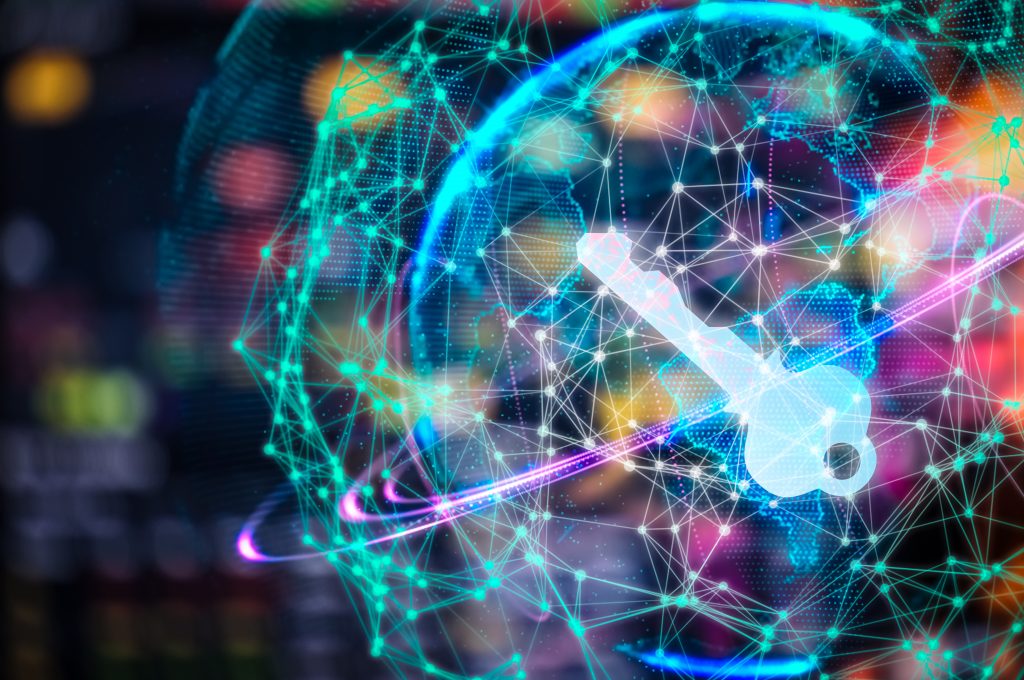National Cybersecurity Awareness Month = International IoT Security and Privacy Month

October is National Cybersecurity Awareness Month, and as part of our work with the Online Trust Alliance and our Internet of Things (IoT) campaign, we think October also deserves another label… International IoT Security and Privacy Month. There are a number of significant activities and developments related to security and privacy. Here are a few highlights of what’s happening, how we are participating, and how you can get involved.
- The “How to Make Trustworthy #IoT” Workshop – (Oct. 8) This year’s Internet Society Chapterthon is focused on IoT, and we are excited to see how all 43 participating Chapters raise awareness of the privacy and security issues surrounding IoT. On Monday, 8 October, Jeff Wilbur and Megan Kruse from the Online Trust Alliance be in New York City with the Internet Society New York Chapter (ISOC-NY) and IoTNation holding a workshop on ‘How to Make Trustworthy IoT’ – an IoT Privacy & Security Workshop. If you’ll be in New York City on Monday, please consider registering for the event, or watching the livestream starting at 2PM.
- Comments due for NIST Internal Report (NISTIR) 8228: Considerations for Managing IoT Cybersecurity and Privacy Risks – (Oct. 24) The report by Continue reading
 Tier 1 service providers have connected to public clouds with relative ease. But Tier 2 and Tier 3 providers are struggling to create this connectivity, according to Tata.
Tier 1 service providers have connected to public clouds with relative ease. But Tier 2 and Tier 3 providers are struggling to create this connectivity, according to Tata. A former U.S. intelligent official said that data center server provider Supermicro was the "Microsoft of the hardware world" and that attacking Supermicro motherboards was "like attacking the whole world.”
A former U.S. intelligent official said that data center server provider Supermicro was the "Microsoft of the hardware world" and that attacking Supermicro motherboards was "like attacking the whole world.” The company has seen a 500 percent increase in sales since its last funding round in 2016.
The company has seen a 500 percent increase in sales since its last funding round in 2016. Some companies argue that providing access to a POP network via cloud gateways is a competitive advantage.
Some companies argue that providing access to a POP network via cloud gateways is a competitive advantage. Lack of expertise and integrated tools, not indifference, is leaving NetOps behind DevOps in the race to automate the deployment pipeline.
Lack of expertise and integrated tools, not indifference, is leaving NetOps behind DevOps in the race to automate the deployment pipeline. At the SD-WAN Summit 2018 in Paris, one of the more contentious debates was which will come first: next-generation firewall or new SD-WAN capabilities?
At the SD-WAN Summit 2018 in Paris, one of the more contentious debates was which will come first: next-generation firewall or new SD-WAN capabilities?
 The only begging I will do this year.
The only begging I will do this year.